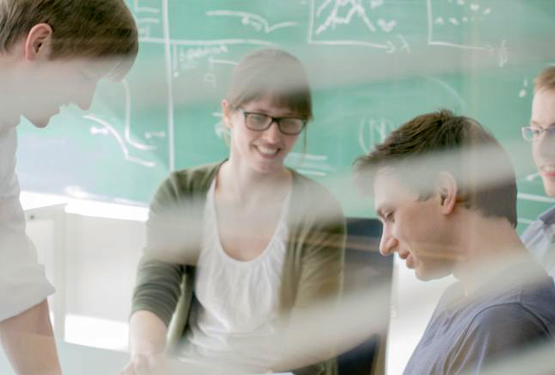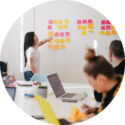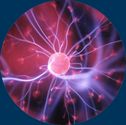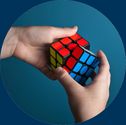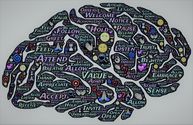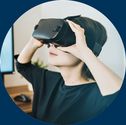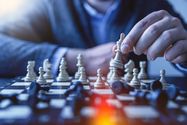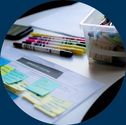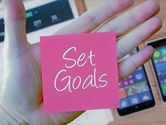Learning something new in 2021 – that was the impetus for the TUM Learning Challenge 2021.
Whether professional skills or private interests: With the TUM Learning Challenge 2021, the TUM Institute for LifeLong Learning wanted to support participants in successfully achieving their own learning goal. Whether a foreign language, technical skills or a new sport - our learning experts from the TUM Institute for LifeLong Learning supported participants with monthly learning impulses, the so-called Learning Nuggets, to overcome hurdles and successfully shape their own learning process.
Participants could submit their personal Learning Challenge 2021 here on the Learning Festival website. As part of the Learning Community, they received helpful tips every month on how to achieve their personal learning goal.
All Learning Nuggets can be found on this page. Maybe you already have a learning goal in mind for 2022?
Lifelong learning is not only a necessity,
but a great desire many of us have: We wish to keep growing, to learn new things, and to share our views of the world with others. But sometimes this comes too short in the hustle and bustle of everyday (professional) life. With the TUM Learning Challenge, we want to encourage you to purposely make a resolution about what you want to learn in 2021. As research shows: The more concrete this learning goal, the greater the chance that you will achieve it!
Dr. Kristin Knipfer
Executive Director TUM Institute for LifeLong Learning
TUM Learning Nugget: Lessons Learned and Inspiration
Sharing is essential for learning: By sharing our experiences with others, we retain our own experiential knowledge and inspire others to learn vicariously through our experiences.
TUM Learning Nugget: Learning and Feedback
Along with self-reflection, feedback is an effective tool for life long learning. Feedback helps us to overcome our “blind spots”.
TUM Learning Nugget: Learning and Time Management
Good time management is essential for your learning success. Learn how to work even more concentrated with the Pomodoro technique.
TUM Learning Nugget: Learning and Physical Exercise
Regular exercising supports your learning process. Learn how to increase your concentration, creativity and mental performance through regular physical activity.
TUM Learning Nugget: Learning and Reflection
Reflection is essential for your learning success. Learn how to analyze your learning challenge and to think of creative alternatives for your learning approach.
TUM Learning Nugget: Learning and Routines
Routines help with decision-making and can reduce stress in everyday life. Learn how you can de-stress your brain through routines and thus increase learning success.
TUM Learning Nugget: Learning and Mindset
Our Mindset is critical for our personal development. Learn how to unfold a growth mindset, accept challenges more willingly and thus achieve higher performance.
TUM Learning Nugget: Learning and Experiences
Experience is the source of knowledge. Learn how to develop strategies to face similar situations more successfully in the future by reflecting and analyzing your experiences.
TUM Learning Nugget: Learning and Obstacles
You do not achieve goals with dreams only. It is crucial to deal with the obstacles that stand in the way of achieving your goals. Try the WOOP method!
TUM Learning Nugget: Learning and Goal Setting
Research shows: The more specific the learning goal, the greater the chance you'll achieve it! Learn how to successfully launch your Learning Challenge with the SMART formula.





